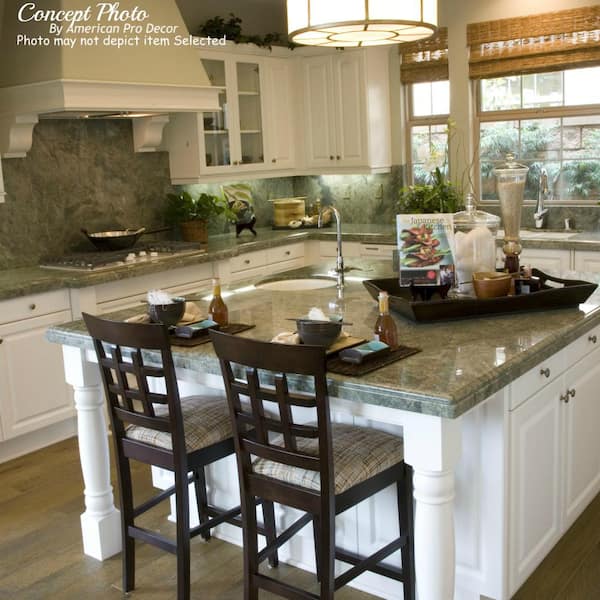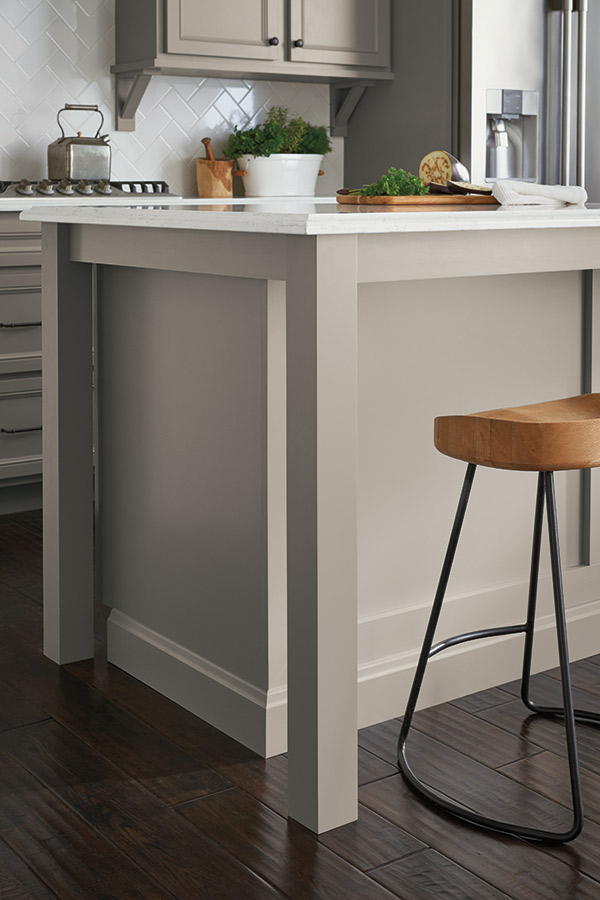Make The Most Of Adaptability with Flexible Legs For Kitchen Island Features
Make The Most Of Adaptability with Flexible Legs For Kitchen Island Features
Blog Article
An Overview to Selecting the Perfect Legs For Cooking Area Island for Your Home
Choosing the suitable legs for your cooking area island is a nuanced choice that impacts both the capability and aesthetic charm of this main room. Variables such as elevation, materials, and design play an essential function in integrating your island with the overall kitchen area style. Furthermore, recognizing the value of security and upkeep can considerably influence your option. As you think about these aspects, it becomes evident that the best legs can transform not just the look of your kitchen but additionally its usability for many years to find. What particular attributes should you focus on in this option procedure?

Comprehending Kitchen Area Island Legs
When choosing legs for a kitchen island, it's important to comprehend their aesthetic and practical roles in the general layout. The legs work as an important support group, making sure stability and toughness for the island, which usually operates as a work space, dining location, or gathering spot. For that reason, the selection of product and construction strategy need to be durable sufficient to withstand day-to-day use and prospective wear.
Along with their structural obligations, legs contribute significantly to the island's visual allure. They can enhance the kitchen's style, whether via standard, modern, or diverse layouts. The elevation and proportion of the legs are also crucial considerations; they need to integrate with the island's counter top elevation while ensuring comfortable seating for those making use of the room.
Additionally, the leg design can affect the total circulation of the kitchen. Open, airy leg designs can create a feeling of lightness, while solid, substantial legs may communicate a much more grounded and secure visual - Legs For Kitchen Island. Understanding these functional and visual aspects will guide home owners in making notified selections that enhance their cooking area's style and improve its functionality
Popular Styles and Materials
The option of legs for a kitchen area island encompasses a variety of preferred designs and materials, each offering unique attributes that can improve both functionality and appearances. Traditional legs generally exhibit luxuriant details and workmanship, enhancing traditional cooking area layouts.

Height and Security Considerations

Security is an additional essential consideration. The legs of the kitchen area island must give sufficient support, making certain that the framework can stand up to daily usage without wobbling or moving. Material selection plays a considerable role in security; steel legs, as an example, often tend to offer greater stamina compared to wood. Furthermore, making certain that the check island is safely secured to the floor or wall surface can enhance security, particularly for bigger islands that might birth considerable weight.
Matching Your Cooking Area Visual
Picking the right legs for your kitchen area island goes beyond functionality; it additionally plays a significant function in the total aesthetic of the space. When selecting legs, think about the layout style of your kitchen area. For a contemporary look, sleek metal or minimalist layouts can develop a tidy, modern-day vibe. On the other hand, traditional or rustic cooking areas frequently gain from wood legs with complex describing or a troubled coating, improving heat and personality.
Legs that enhance or contrast with your island's surface area and surrounding cabinetry can produce aesthetic consistency or striking focal points. Furthermore, take into consideration the surface of the legs; matte, glossy, or textured finishes can significantly impact the total feeling of the kitchen.
Setup and Maintenance Tips
Installing kitchen island legs needs cautious attention to information to make sure both security index and aesthetic charm. Use a stud finder to situate wall studs if you are attaching the legs to a wall surface or utilizing braces for included support.
When safeguarding the legs, make use of top quality screws and, if required, wood adhesive for extra strength. For metal legs, ensure that you are using proper anchors and tools to avoid damages to your flooring. It is recommended to look for levelness after setup, making adjustments as required to avoid wobbling.
Tidy the legs with a suitable cleaner, preventing unpleasant products that might scratch the surface. By adhering to these installation and upkeep suggestions, you can ensure that your cooking area island legs stay both useful and visually appealing.
Final Thought
Finally, choosing the proper legs for a kitchen island demands cautious factor to consider of height, stability, and aesthetic compatibility. By picking appropriate materials and designs that straighten with the overall cooking area layout, functionality can be boosted while maintaining aesthetic charm. Correct installment and continuous upkeep better add to the durability and durability of the kitchen area island. Ultimately, thoughtful leg choice plays a crucial duty in raising both the functionality and design of the kitchen area area.
When selecting legs for a kitchen island, it's essential to understand their aesthetic and practical functions in the overall layout. Open, airy leg styles can produce a sense of lightness, while solid, substantial legs may share a more grounded and secure aesthetic. The legs of the cooking area island need to supply sufficient assistance, guaranteeing that the structure can stand up to everyday use without shifting or tottering.Mounting kitchen island legs calls for careful attention to information to make sure both security and visual charm.In conclusion, picking the ideal legs for a kitchen island requires mindful consideration of elevation, security, and aesthetic compatibility.
Report this page